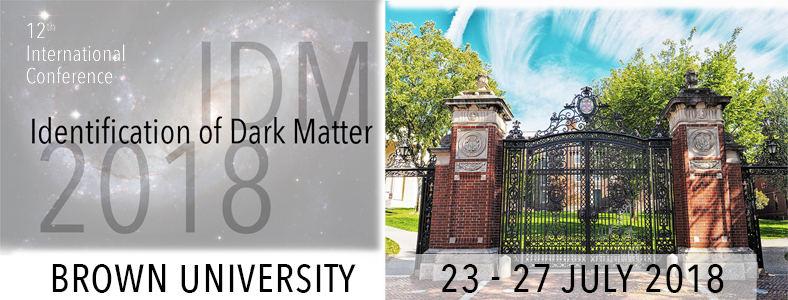Speaker
Description
Liquid xenon is one of the most promising targets for WIMP dark matter direct detection. Above 10GeV, the most stringent limits on WIMP-nucleus cross section have been established by the LUX, XENON1T, and PANDAX-II collaborations, by using the technology of the two-phase xenon time projection chamber. In addition, several experiments using the same technology are in development, in particular LUX-ZEPLIN and XENONnT. For standard WIMP searches, our signal is composed of nuclear recoils (NR), while our background is composed of both electron recoils (ER) and NR. Measurement of the charge to light ratio offers discrimination capability between ER and NR, allowing us to reduce the background. The vast amount of LUX calibration data at different electric fields allows me to present an analysis of ER/NR discrimination and how it is affected by the electric field. Finally, I will describe the potential of future LXe experiments to probe dark matter parameter space.
